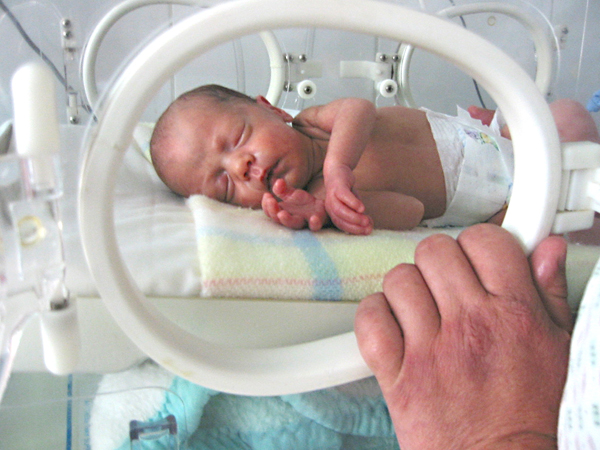- La Feria Community Holds Succesful Business Mixer Event
- Little Nashville to Take Place in Downtown Mercedes
- Lions Basketball Captures District Gold
- La Feria ISD Students Compete in Regional Chess Tournament
- Lions End First Half of 32-4A on a High Note
- La Feria ISD Held Another Successful Parent Conference
- Strong Appearance for Lions at Hidalgo Power Meet
- LFECHS Students Get to Meet Local Actress
- Students Participate in Marine Biology Camp
- Two LFECHS Students Qualify for All-State Band
Texas Key in Nationwide Effort to Reduce Premature Births
- Updated: December 1, 2014
by John Michaelson/TNS

The preterm birth rate in Texas continues to trend down, with seven straight years of declines to reach 12.3 percent as of 2013. Photo: César Rincón/Flickr.
HOUSTON – The latest figures show the preterm birth rate in Texas continues to fall, but the progress is slow and that could hamper goals nationwide for healthier babies. As of last year, the U.S. premature birth rate had fallen to 11.4 percent. In Texas the rate was nearly a percent higher, says Dr. Charleta Guillory, neonatologist at Texas Children’s Hospital.
“We have a very high rate of premature births,” says Guillory. “Because you have about four-million deliveries in the country, 400,000 here in Texas, we knew we really had to make a dent in that number in order to decrease prematurity nationwide.”
The March of Dimes is leading the campaign to reduce the nation’s preterm birth rate, with a goal of 9.6 percent or less by 2020.
Often, the specific cause of premature birth isn’t clear, but factors that may increase the risk include smoking, some infections and some chronic conditions such as high blood pressure and diabetes. Guillory says further understanding of the risk factors and reducing the number of babies being born too soon can save billions of dollars in health and society costs.
“If you have a 24-week-old infant, that baby may stay in the hospital anywhere from three to six months – and if you have complications, even longer than that,” says Guillory. “That means the parents are dealing with life and death almost every day in the neonatal intensive care unit.”
Premature birth is the leading cause of newborn death, and babies who survive often face the risk of serious and sometimes lifelong health issues. They include breathing problems, developmental delays, vision loss and cerebral palsy.


